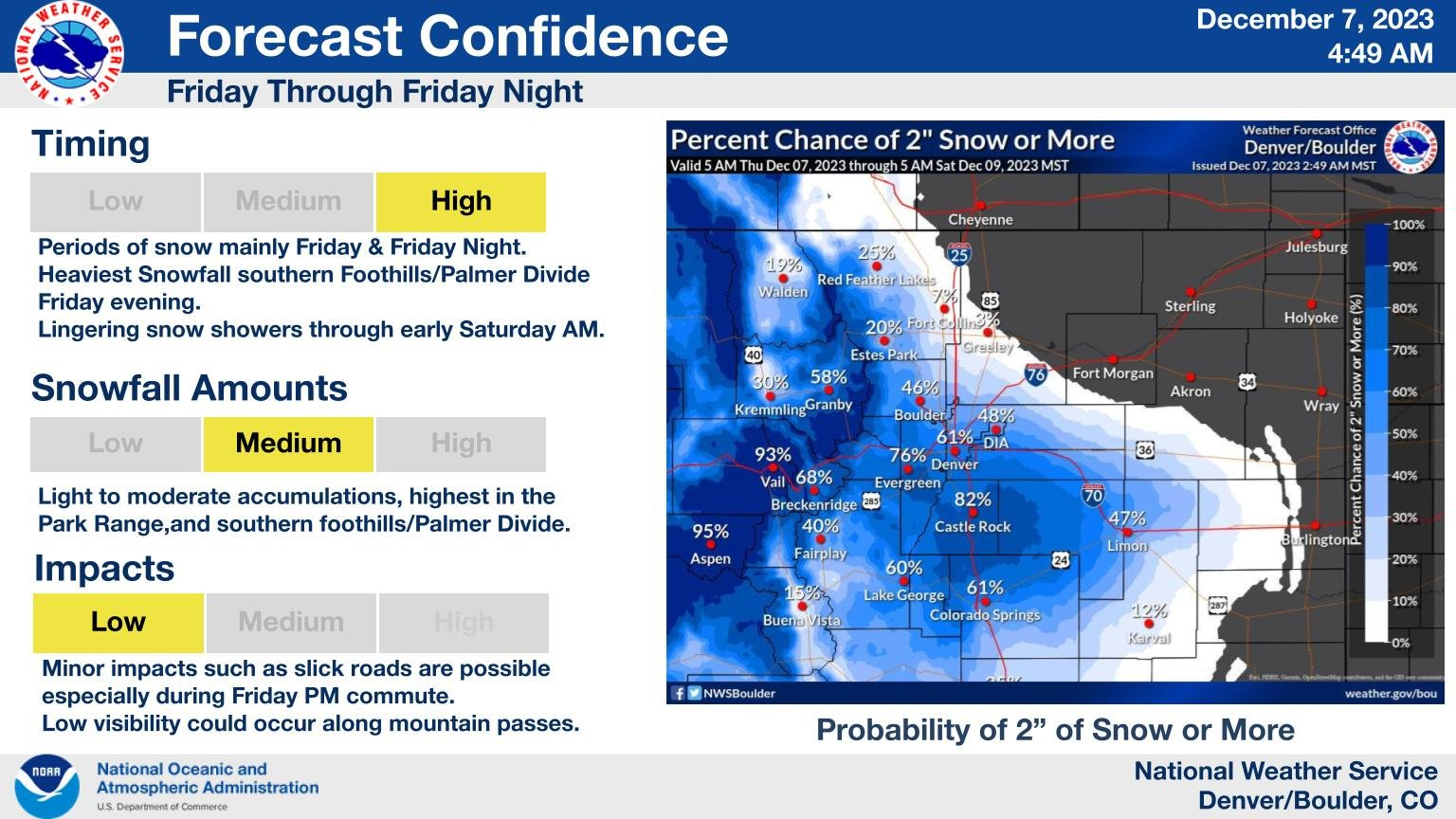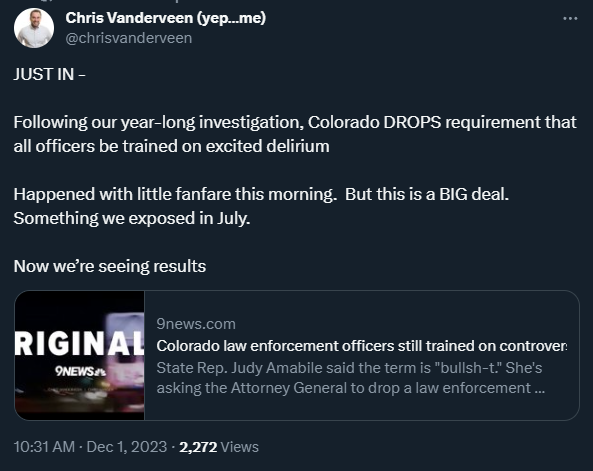Two Aurora paramedics violated every step of their training when they made the decision to inject Elijah McClain with ketamine after a struggle with police without taking steps to make sure giving him the sedative would be safe, a state prosecutor said Wednesday.
But defense attorneys for the paramedics now facing trial for McClain’s 2019 death argued they had to make decisions quickly based on information from Aurora police officers that McClain was incoherent, showing extreme strength and aggression and was “on something.”
An attorney also said the fire medics didn’t have authority over the situation while police officers kept McClain handcuffed on the ground and controlled the scene. They urgently began administering medical care as McClain was uncuffed and loaded into an ambulance, according to defense attorney Shana Beggan.
Aurora Fire Rescue paramedics Jeremy Cooper and Lt. Peter Cichuniec face charges in Adams County of reckless manslaughter, criminally negligent homicide and three counts each of second-degree assault. They have pleaded not guilty.
The assault charges include assault causing serious bodily injury, assault with a deadly weapon (ketamine) and illegally administering the sedative without consent.
The attorneys made their opening statements in the paramedics’ trial in an Adams County courtroom filled with family members and firefighters supporting Cooper and Cichuniec. Supporters of McClain present included Auon’tai Anderson, the outgoing Denver Public Schools Board of Education vice president.
Cooper had authority for medical decisions at the scene, while Cichuniec had the administrative responsibility for scene safety. Cichuniec requested the ketamine dose from Falck Rocky Mountain, a private ambulance company that contracts with Aurora Fire Rescue, and Cooper administered the injection.
Colorado Solicitor General Shannon Stevenson said during her opening statement the two fire medics failed their responsibility toward McClain as their patient by not examining him or talking to him. Instead, she said, they stood by for several minutes waiting for the ketamine to arrive, while McClain visibly deteriorated, and then administered the drug after he had turned mostly unresponsive.
The 500 milligrams given to McClain was the maximum authorized for anyone, and about a 50% overdose for his 140 pounds, Stevenson said.
“This wasn’t just a tragedy or an accident. It wasn’t just careless or sloppy. It was cruel,” Stevenson said.
McClain, 23, went into cardiac arrest and stopped breathing within a few minutes of receiving the ketamine. A doctor declared him brain dead in the hospital three days later.
Beggan, representing Cooper, said McClain’s symptoms mentioned by police at the scene are signs of “excited delirium,” a condition which obligated the paramedics, according to their training, to administer ketamine.
Even if someone appears to have calmed down, that person may still have dangerous internal symptoms, such as a rapid heartbeat and high levels of acid in the blood, she said.
Excited delirium is a controversial diagnosis. The National Library of Medicine notes that neither the American Psychiatric Association nor the World Health Organization recognizes excited delirium as a medical or psychiatric diagnosis. The American Medical Association said in 2021 it had adopted a policy opposing it as a diagnosis, saying "excited delirium" is “disproportionately cited in cases where Black men die in law enforcement custody.”
Body-worn camera footage from police officers at the scene captured McClain repeatedly saying he could not breathe while on the ground, telling officers he was an introvert and saying things such as “I don’t do any fighting.” His last words were, “Please help me.”
Stevenson said the only attempt the paramedics made to assess McClain was asking the police if he spoke English, and they did not monitor his vital signs or make sure he was in a position to have a clear airway after the injection.
“They don’t take a single vital sign until he has none.”
During her opening statement, Beggan notably did not argue whether any information relayed from the police officers was true, instead focusing on what the fire medics believed based on that information.
She said the paramedics were never told Elijah had said he was just going home and pleaded that he could not breathe while on the ground.
Going into the situation, the paramedics only had information from 911 dispatch notes, she said. When their fire engine approached the scene, the road was so choked with police vehicles that they had to park more than a block away.
“It’s concerning about ‘what are we walking into?’ It’s concerning about safety,” Beggan said.
The fire medics aren’t doctors and can’t make diagnoses, and are trained to look for patterns to determine appropriate medical treatment, she added.
“In their brain, they’re flipping through a Rolodex” to determine which protocol to follow, she said.
Three Aurora police officers stopped McClain the night of Aug. 24 as he walked home from a convenience store because a 911 caller had reported a suspicious person when he spotted McClain, who waved his arms while listening to music and wore a black mask covering most of his face. McClain, seemingly caught off guard, initially tried to keep walking and told officers he was going home.
He was unarmed and had not been accused of any crime.
The district attorney for Adams County at the time declined to pursue charges in McClain's death because the forensic pathologist who performed his autopsy initially listed his cause and manner of death as "undetermined," later amending the cause to an overdose of ketamine.
Wednesday also included testimony from the owner of the convenience store where McClain bought iced tea right before the encounter, the 911 dispatch worker who took the initial call, a fire dispatch worker who sent the medical response to the scene and the administrator of the Aurora Police Department’s body-worn camera program.


